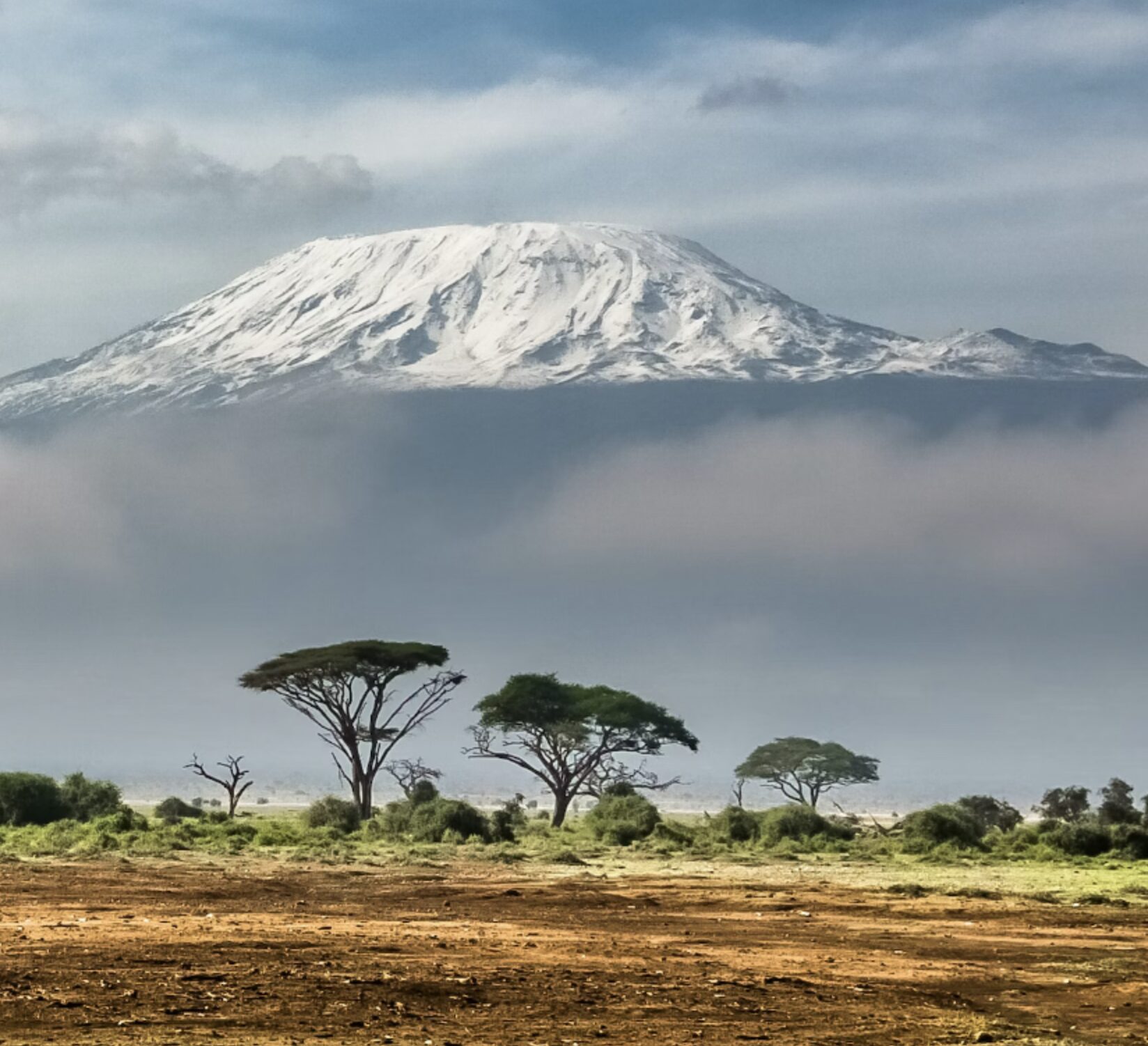Adaptation to climate change in the mountains of East Africa

Summary
Mountain regions are particularly sensitive to climate change – often temperatures are increasing at rates above the global average, leading to rapidly melting glaciers, extreme events such as floods and landslides, and threatening the long term supply of water for municipalities, agriculture, energy and industry. Mountain regions are also important for their biological diversity and sensitivity, where small climate changes can lead to significant impacts on species’ habitat. In light of these challenges, mountainous countries and regions are taking action to adapt their populations to climate change, and to build resilience through technological, social and institutional actions, notably through building partnerships across political borders.
This video is part of a series*, drawing attention to climate adaptation actions that can be taken in mountain regions. Learn about the challenges of climate change in the mountains of East Africa (the Rwenzori, Virunga, Mount Elgon and Mount Kilimanjaro), and hear examples of adaptation actions. Featuring Ms. Maureen Anino from the Ministry of Water and Environment in Uganda, we hear about climate adaptation projects at local, national and transboundary levels. Examples include local stakeholder forums on sustainable management of resources, resettlement programs for vulnerable communities, and revising environmental legislation in the East African community with specific provisions on fragile mountain ecosystems.
*This video was made with the support of Kaosmovies. Check out the rest of the series, which explores climate change challenges and adaptation in the context of the Hindu Kush Himalaya, the Swiss Alps, and the Andes.
Further resources
- SUGGESTED CITATION:Adaptation at Altitude (2023). Adaptation to climate change in the mountains of East Africa. Accessible at: https://vimeo.com/884744481/59b1f71c4c?share=copy
(0) Comments
There is no content